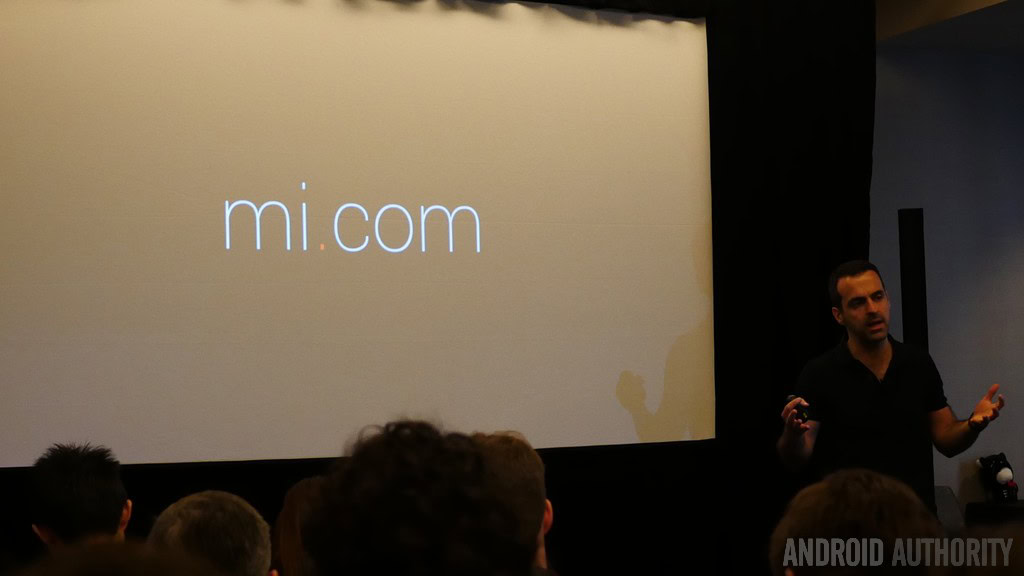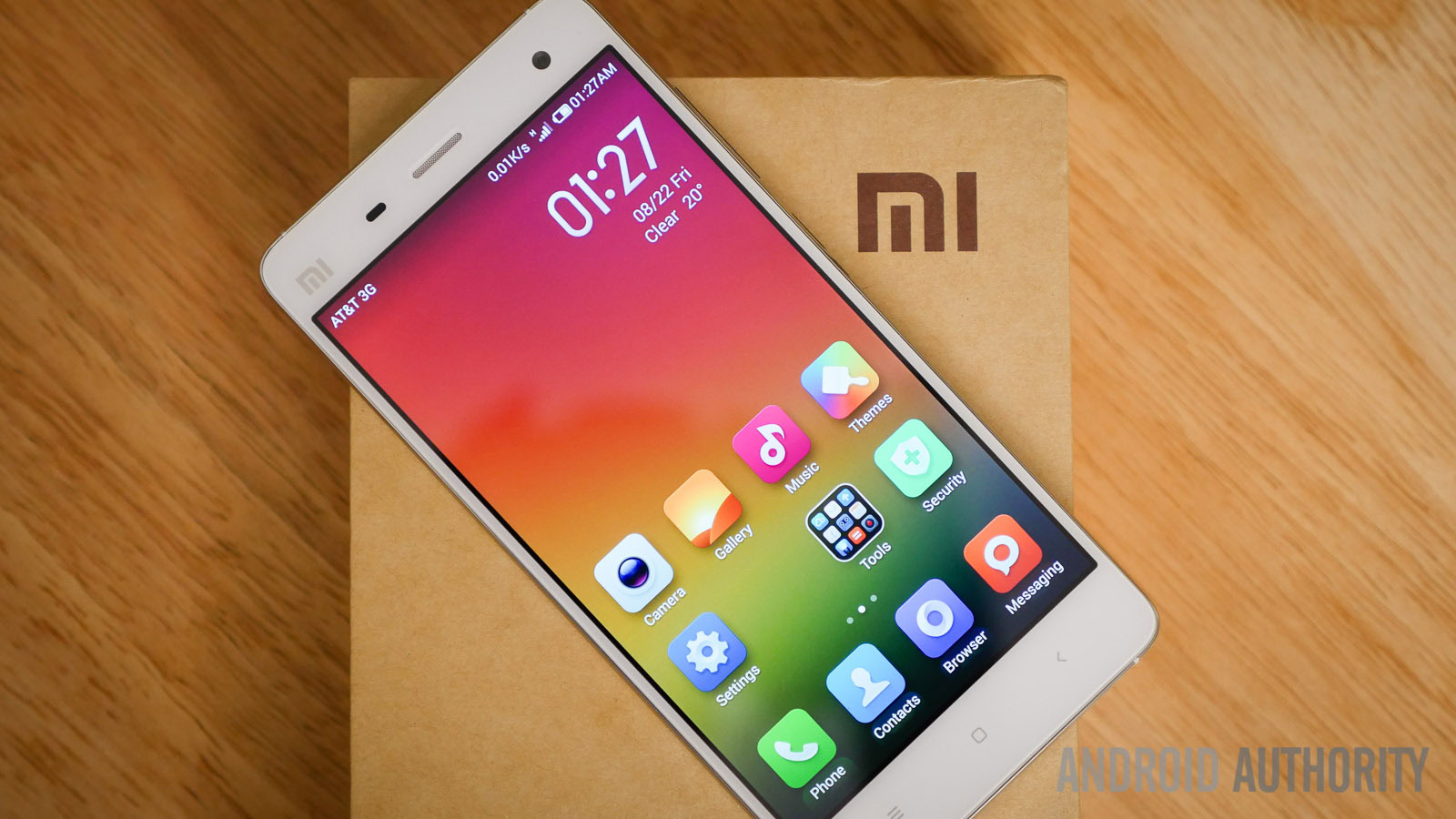Affiliate links on Android Authority may earn us a commission. Learn more.
Xiaomi event takeaway - Xiaomi is getting ready to play with the big boys

Xiaomi is the biggest startup in the world, if you can call the world’s #3 smartphone seller a startup. Massive as it may be, the company founded by Lei Jun in 2010 has a problem – it’s still a mystery to most phone buyers in the West. Xiaomi has been valuated at a stratospheric $45 billion, more than Uber, Snapchat, or Airbnb. But while its US-based peers are household names, Xiaomi has found itself having to explain why it’s special, not to mention how to pronounce its name.
So Xiaomi came to the San Francisco to introduce itself. The choice of venue is important – San Francisco is close to the heart of the tech world, Silicon Valley, and it’s home to many technology journalists. In one swoop, Xiaomi is introducing itself to the US tech press, and signaling that it’s ready to play with the big boys of Silicon Valley.
Xiaomi’s Lin Bin and Hugo Barra walked the audience through the company’s history, from its humble beginnings as a custom ROM developer to the powerhouse it is today.
The Chinese company explained how it’s developing software together with its users, boasting 224 weekly updates since 2010. Every week, Xiaomi pushes out a new, incrementally better version of its custom ROM, MIUI, which is now used by over 100 million users (including devices from other manufacturers). This clockwork pace allows the company to quickly fix issues and add new features that its users demand.

Xiaomi's forums have 40 million users, up to 500,000 posts per day
Lin Bin shared some astounding numbers about Xiaomi’s social presence, which the company often cites as one of its key strengths. Millions of Mi Fans follow Xiaomi on various channels, but its forums are probably the most important. Xiaomi’s Chinese forums are frequented by 40 million active users, who post up to 500,000 new posts during busy days. Let that sink in for a second. Even the English language forums are healthy, though far from the gargantuan scale of the Chinese boards – 100,000 users post here on a regular basis.
Xiaomi also spoke a little about its distribution network, which enables it to deliver hundreds of thousands of packages every single day, with an average shipping time of under two days. Both the social channels and the well-oiled distribution network are vital to Xiaomi, which relies on online sales for a majority of its revenues.
On the topic of profits, Barra and Bin said Xiaomi isn’t making a lot of money with its devices, but is banking on related offerings, like accessories and apps. That’s why Xiaomi sees itself as an “internet company,” rather than a simple phone maker.
Barra: We're big supporters of Google
Barra, a former Google VP, said Xiaomi is very much a “supporter” of the Mountain View company and that Xiaomi is just building on top of Android, like any other Google partner. In China, Xiaomi devices ship with its own apps, but worldwide, Xiaomi phones come pre-loaded with Google’s apps and Play Store.
Xiaomi reiterated its plans to expand in high-growth, high-potential markets, like Asia, the Middle East, and Latin America. Brazil is in the pipeline for this year, with Russia and some more Asian markets to follow.

Unfortunately for those who were hoping for a big US announcement, Xiaomi will not sell its smartphone and tablets there in the close future. Instead, Barra & co. are testing the waters with an accessories store coming in the next months. Barra cited the need for more preparations before Xiaomi is ready to sell its attractive smartphones stateside. Asked about potential intellectual property issues with Apple and others, the executive offered what felt like a canned response – IP litigation is an inevitable part of doing business and Xiaomi is ready to defend itself; moreover, the Chinese company is amassing patents of its own – 2,800 in 2014 alone.
No IPO planned for the next few years
Lin Bin shut down the rumors about a potential IPO – Xiaomi isn’t interested in going public in the next years, he said, though we must note that one of the benefits of being a privately held company is that you can turn on a dime when needed.
To wrap up, Xiaomi’s first US event seemed more like an introduction than anything else. The goal was to make Xiaomi a common name among US journalists and to lay the groundwork for a more substantial presence. Back in 2014, Hugo Barra told Android Authority that the US was “in the pipeline” for 2015, though the executive was quick to specify that he was only talking about “preparations.” It looks like Xiaomi’s plan is going to schedule. For now, prepare to hear a whole lot more about it.